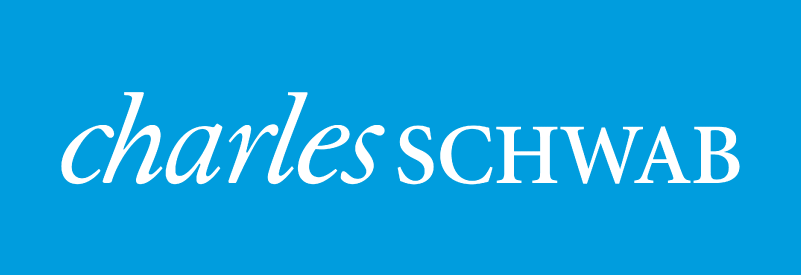On the back of a strong February, markets in March were of the up and down sort, ending with more of a risk aversion tendency. March gave us the official passing the six year anniversary of the bear market low, the start of Eurozone QE, and seemingly ever present geopolitical considerations in Europe & Middle East. A variety of data points were discounted including a dovish FOMC meeting, deteriorating U.S. economic conditions, Greek-Eurozone deliberations, and several oil market considerations. Net impact on the markets was weakness in global equities and commodities offset by strength in U.S. dollar and treasury bonds.
Eurozone QE and the resulting ultra-low/negative bond yields were warmly greeted in European markets as German markets hit all-time highs and France hit post 2008 highs. Unfortunately, US Dollar strength took a bite out of returns for US investors as the dollar appreciated 4.2% versus the Euro in March. Japanese equity markets posted strong returns in March, not due solely to Yen weakening (-0.3% vs USD). Significant government pension fund shifts into Japanese equities are believed to be a primary driver in that market. On the geopolitical front, a proxy war between Iran and Saudi Arabia in Yemen gave a short lift to oil prices amidst record U.S. oil supplies and Greek bailout negotiations heightened risks of debt restructuring and Eurozone stability once again.
Economic news for the month continued a trend of decelerating activity. The Atlanta Fed’s GDP Now forecast for Q1 GDP growth currently stands at mere 0.1%. Even the resilient job market registered its first disappointment. After 15 consecutive upside surprises in payrolls, March’s miss of 126,000 vs 247,000 was the biggest miss since January 2014. Meanwhile, the most recent JOLTS report showed 5.13 million job openings, which is the highest level since January 2001. While overall economic indicators have turned down, services (Non-manufacturing ISM) and housing sectors remain relatively buoyant.




Leave a Reply